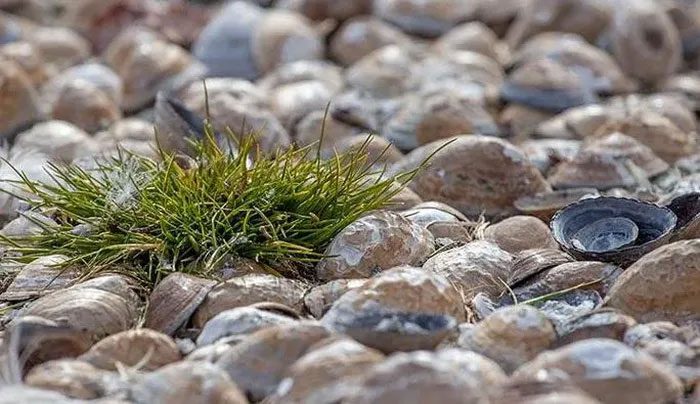Research indicates that during the Cretaceous period, Antarctica once had a tropical rainforest climate with a rich diversity of flora and fauna. However, if this continent were to become green again, it could lead to disaster.
A new study examined the growth of two species of flowering plants native to Antarctica, namely Deschampsia antarctica and Colobanthus quitensis. The researchers measured their growth and expansion on a small sub-Antarctic island, Signy Island, from 2009 to 2019, according to Science Alert.

Deschampsia antarctica is still abundant on the Antarctic island – (Photo: Nature).
The study, led by Dr. Nicoletta Cannone from the University of Insubria (Italy), found that both plant species are growing faster each year, especially in the summer when the seal populations stop trampling them and the temperatures are more favorable.
This unexpected increase in greenery is clear evidence that the climate in the polar regions is warming significantly, impacting the ecosystem. From 1960 to 2011, air temperatures increased by 0.02 degrees Celsius per year, followed by four years of cold weather. However, after these four cold years, air temperatures resumed a rapid increase of 0.25 degrees Celsius per year.
The growth rate of Deschampsia antarctica from 1960 to 2009 was nearly 21% per decade, but from 2009 to 2018, it surged to 28%. Meanwhile, Colobanthus quitensis saw its growth rate jump from 7% per decade to an astonishing 154% over the last decade.
Evidence also suggests that the Antarctic ecosystem is more fragile than previously thought and is highly vulnerable to destruction if the current rate of warming continues, potentially exacerbated by human activities.
Antarctica was once a green continent during the dinosaur era, according to some studies. However, if this green landscape were to rise again from the icy snow, it would spell disaster—the extinction of the current ecosystem. If Antarctica warms to such an extent, the climate on the continents where humans reside would become extremely harsh, potentially triggering a new mass extinction event.
The study was recently published in the scientific journal Current Biology.





















































